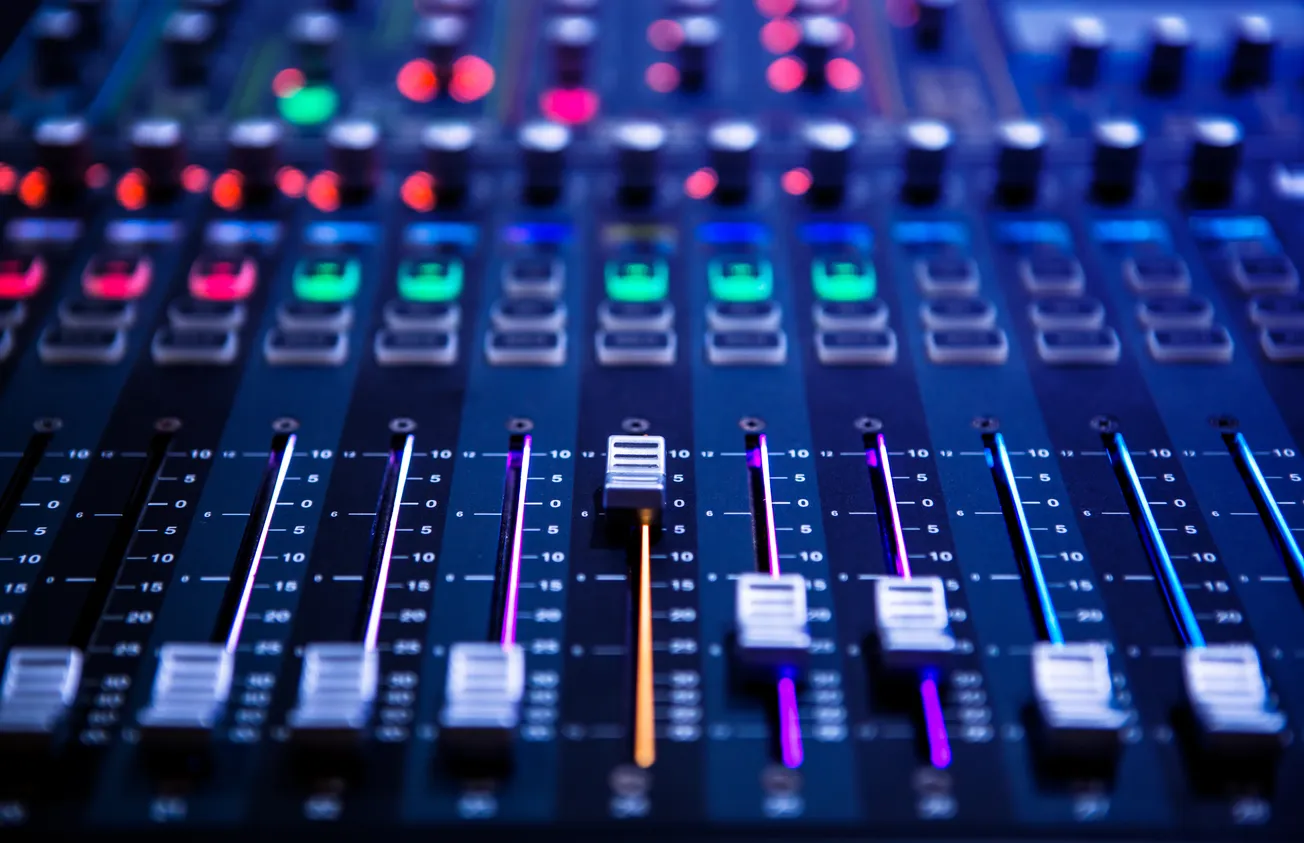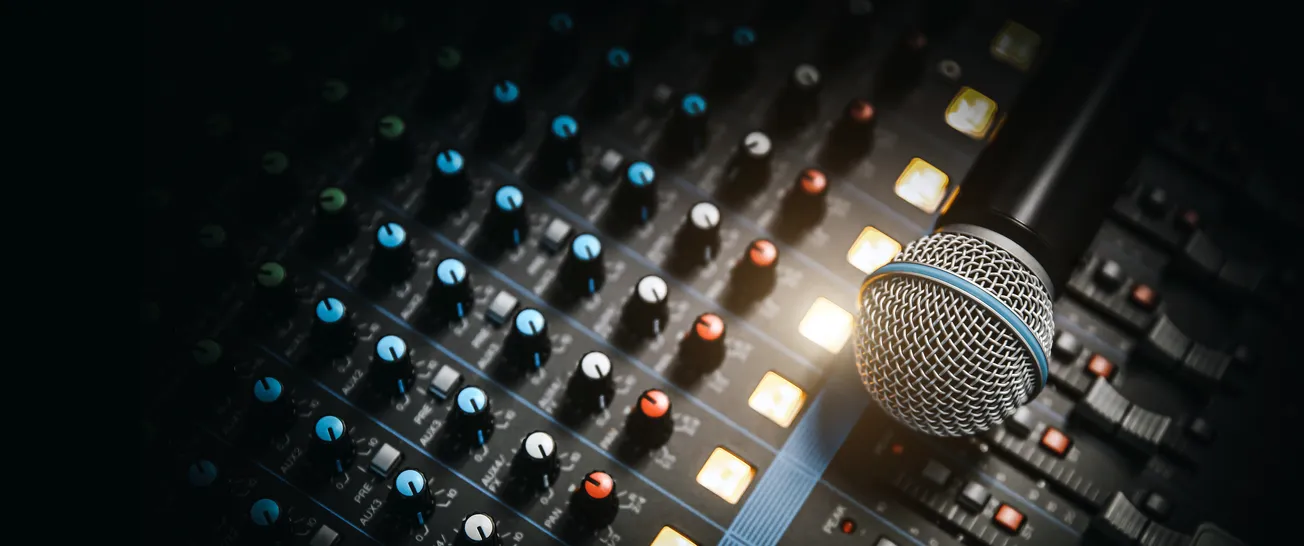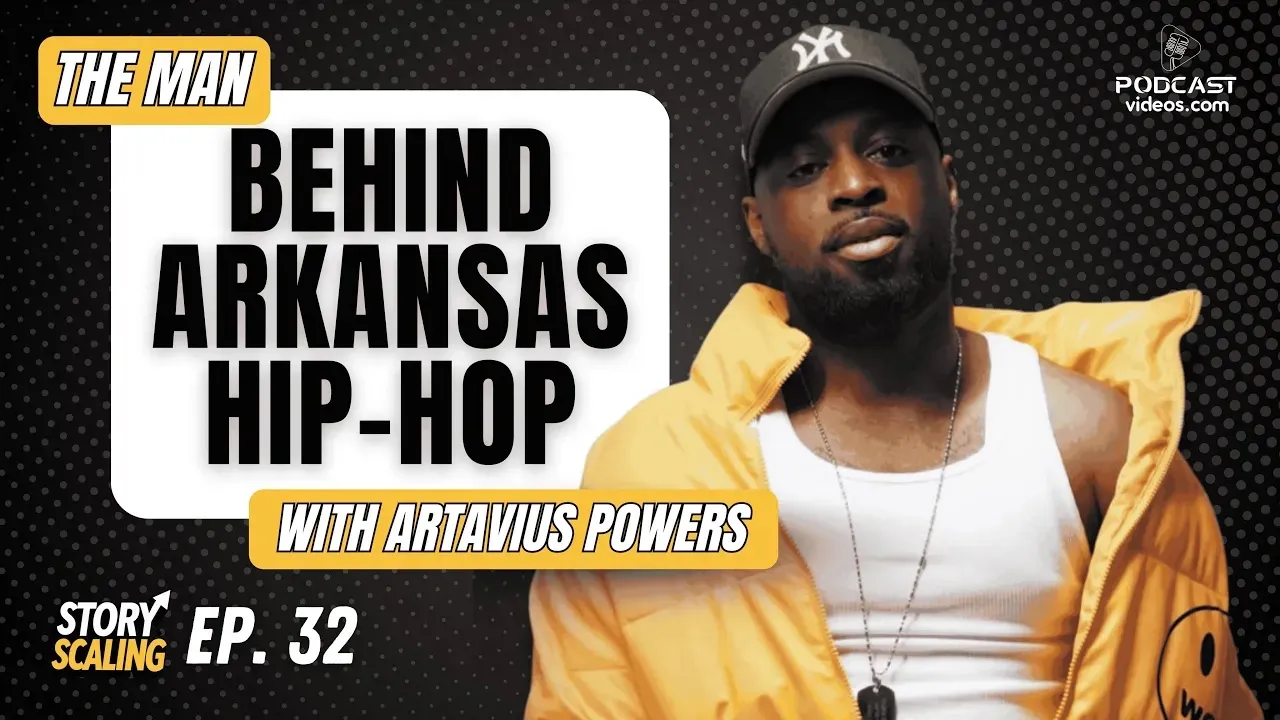Understanding What Makes a Microphone “Good” for Content Creation
Choosing the right microphone for content creation is a critical step in producing high-quality audio for podcasts, video, livestreams and more. With countless models on the market, understanding what sets a "good" microphone apart can save creators time, money and editing headaches.
Whether you are a beginner launching a podcast or a seasoned YouTuber looking to upgrade your gear, here is what to look for in a microphone to make your content sound professional.
1. Clarity and Frequency Response
A high-quality microphone should capture sound clearly and accurately, with a balanced frequency response. Human speech primarily falls between 85 Hz and 300 Hz, according to Axiom Audio, but a good microphone should also pick up the nuances in tone and inflection that make your voice unique.
- Flat frequency response ensures your recording sounds natural.
- Enhanced midrange can add warmth and presence to vocal recordings.
Condenser microphones like the Audio-Technica AT2020 or Rode NT1 are favored by many creators for their clarity and sensitivity, especially in treated environments.
2. Pickup Pattern (Polar Pattern)
The pickup pattern determines how a microphone captures sound from different directions. For content creators, the most relevant patterns include:
- Cardioid: Captures sound from the front while rejecting background noise. Ideal for solo podcasters and vloggers.
- Omnidirectional: Picks up sound from all directions. Useful for roundtable discussions.
- Bidirectional (Figure-8): Captures from the front and back. Great for interviews with two people.
Understanding your recording environment and use case is essential when selecting the right polar pattern. We go into more depth about polar patterns in this article.
3. USB vs. XLR Connectivity
Connectivity affects both convenience and sound quality:
- USB microphones like the Blue Yeti or Elgato Wave:3 are plug-and-play, perfect for beginners or mobile setups.
- XLR microphones require an audio interface or mixer but offer superior audio quality and expandability. Popular models include the Shure SM7B and Rode Procaster.
If you are scaling your production, XLR is the professional standard.
4. Build Quality and Durability
A microphone’s construction impacts both performance and longevity. Look for:
- Metal housing for durability.
- Shock mounts to reduce handling noise.
- Pop filters to prevent plosives like “p” and “b” sounds.
These accessories can either be included or purchased separately but are often important for clean audio.
5. Background Noise Rejection
In less-than-ideal recording environments, a good microphone helps minimize ambient noise. Dynamic microphones like the Shure MV7 are particularly effective in untreated rooms, making them popular among streamers and at-home podcasters.
Pairing the right mic with acoustic treatment or AI-powered noise reduction software can significantly improve audio quality.
6. Price-to-Performance Ratio
While high-end microphones can exceed $500, many affordable options deliver excellent performance for under $150. The key is balancing features with budget. Look for reviews and sound tests to make informed choices.
Brands like Rode, Audio-Technica and Shure offer budget-friendly models trusted by creators worldwide.
A Microphone Is an Investment in Your Brand
A good microphone is not only about sound, but it is also about delivering your message clearly, building trust with your audience and projecting professionalism. Whether you are podcasting, recording videos or hosting webinars, investing in the right microphone can elevate your content and grow your brand.
For more equipment recommendations and content creation tips, visit PodcastVideos.com.










